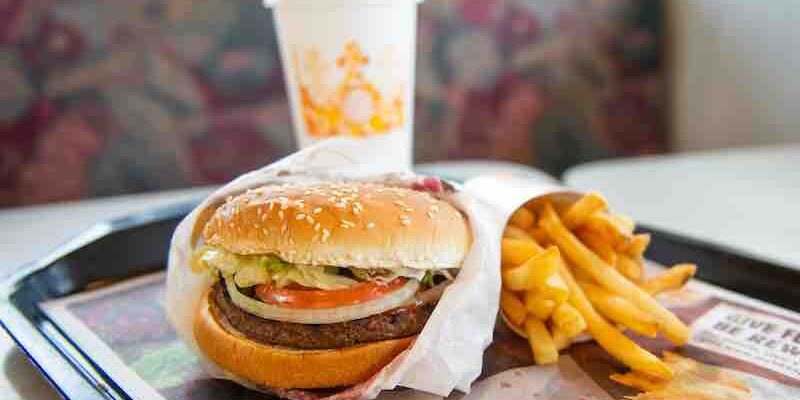What are ghost kitchens & why are they taking over our cities?

When you order food online, you probably give little thought to the precise kitchen your meal is being cooked in — focusing more on why it’s taking so long or whether you should bother warming plates up in the oven or eating it out of their wrapping.
But as the takeaway industry keeps growing – it’s expected to supersize to a hefty $200 billion by 2025 – it’s putting a massive strain on restaurants. The solution is possibly found in ghost kitchens, but what are they, and how will they help?
A ghost kitchen, also known as a virtual restaurant or dark kitchen, is a food service business that serves customers exclusively by delivery and pick-up. It is a separate food vendor entity that operates out of an existing restaurant’s kitchen or a dedicated ghost kitchen space. Ghost kitchens have no front-of-house staff, dining room, or parking lot. They are designed to be as efficient as possible for food delivery.
Ghost kitchens are becoming increasingly popular for many reasons.
- They are much cheaper to operate than traditional restaurants. Ghost kitchens do not need a prime location with high rent; they can work with a smaller staff. This means that they can offer lower prices to customers, and they can still make a profit.
- Ghost kitchens allow restaurants to experiment with new concepts and cuisines. Launching a new menu item or image can be risky with a traditional restaurant because it could alienate existing customers. But with a ghost kitchen, there is no risk of losing customers because the ghost kitchen is not tied to a physical location. This allows restaurants to be more creative and take more risks with their menus.
- Ghost kitchens can help restaurants reach a wider audience. With a traditional restaurant, customers are limited to those who live or work nearby. But with a ghost kitchen, restaurants can deliver food to customers all over the city. This can help restaurants increase their sales and reach new customers.
As the takeaway industry grows, ghost kitchens will likely become even more popular. They offer many advantages for restaurants, and they can help restaurants reach a wider audience and increase their sales.
Here are some specific examples of how ghost kitchens are helping restaurants:
- Wingstop has opened over 100 ghost kitchens in the United States. These ghost kitchens allow Wingstop to reach customers in areas where opening a traditional restaurant would not be profitable.
- Shake Shack has opened a ghost kitchen called “Shake Shack To Go.” This ghost kitchen allows Shake Shack to offer its food in areas with insufficient demand for a traditional restaurant.
- Pizza Hut has opened a ghost kitchen called “WingStreet.” This ghost kitchen allows Pizza Hut to focus on its wing business, which is growing in popularity.
Ghost kitchens are a new trend in the restaurant industry, but they are quickly becoming famous for restaurants of all sizes. They offer many advantages that can help restaurants save money, reach a wider audience, and increase sales.